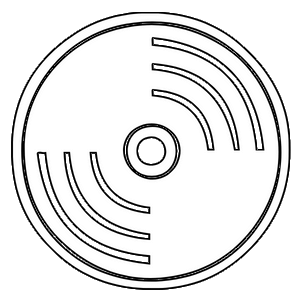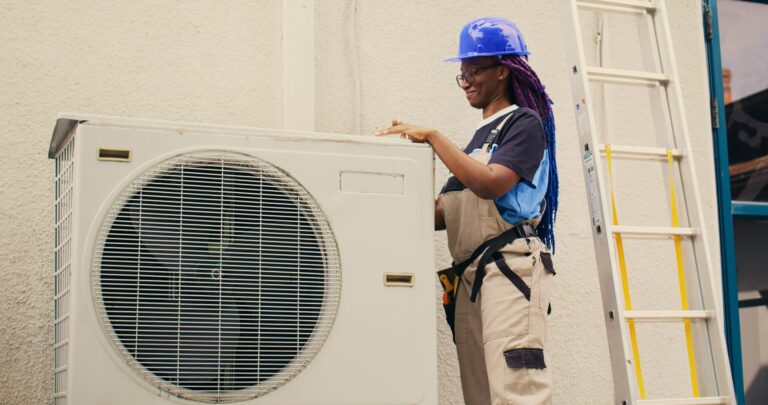As the world progresses, so does the technology we use in our everyday lives. We’ve gone from horses and buggies to cars and now, we may be on the cusp of a new era of transportation – one without drivers. We’ve gone from using landlines to using cell phones, and now we may be on the verge of using wireless electricity. While most of our electrical grid and our electrical appliances rely on wired electricity, there are also ways to harness the power of electricity without having to plug a device into a socket. So what is this new technology and how does it work? If you want to learn more, keep reading for a basic guide to wireless electricity.
What is wireless electricity and how does it work?
Before getting into modern advances in electrical engineering, it’s important that you understand how electrical substations work. An electrical substation is typically wired, but they provide the backbone of all electrical services in the United States and all over the world. Wireless electricity is the transmission of electrical energy without wires. It is a technology that has only recently become commercially viable. The basic principle behind wireless electricity is to create an electromagnetic field between two objects and transfer energy through that field. This can be done with a transmitter and receiver, or with two transmitters.
One of the biggest advantages of wireless electricity is that it does not require any cables or plugs. This makes it ideal for use in the home, where there are often lots of devices that need to be plugged in. Wireless charging pads can be placed on tables or surfaces near where the devices are used, and the devices can be charged wirelessly by simply being placed on the charging pad. This eliminates the need for power cords and adapters, which can often be bulky and unsightly. Another advantage of wireless electricity is that it allows for more efficient use of space.
So far, there is no evidence that using wireless chargers poses any health risks. In fact, they may even have some benefits, such as reducing cord clutter and making it easier to charge multiple devices at once. Overall, while there are some minor safety concerns associated with using wireless chargers, they are considered safe overall and offer a convenient option for charging devices.
How else can you incorporate modern technology into your everyday life?
One area where technology has advanced significantly is cell phones and connectivity. You can check out these Spectrum cell phone plans if you want to get an idea of what’s included in a modern cell phone plan. Most cell phone plans include unlimited talk and text, which is a good deal for most people. If you need more data, there are also many plans that include a data allowance. So, if you’re looking for a new cell phone plan, be sure to check out the options available today. You’re sure to find a plan that fits your needs and budget.
A smart thermostat is an amazing way to incorporate modern technology into your day-to-day life. By installing a smart thermostat, you can save money on your energy bills and make your home more comfortable. They can be programmed to automatically adjust the temperature of your home based on your schedule and preferences. Smart thermostats can even reduce your carbon footprint by making your home more energy-efficient. By using a smart thermostat, you can help reduce the amount of energy you use, which in turn will help reduce your greenhouse gas emissions and your utility bills.
Electricity is all around us and has been for more than a century. It lights our homes, powers our appliances, and keeps us connected to the world. Wireless electricity is a technology that allows electrical devices to be powered without being plugged into an outlet. This technology has been around for over a hundred years, but it has only recently become popular due to the development of new technologies that make it easier to use. There are several ways to get started with wireless electricity and you can talk to an electrical contractor if you want some recommendations on how you can take advantage of the technology.














